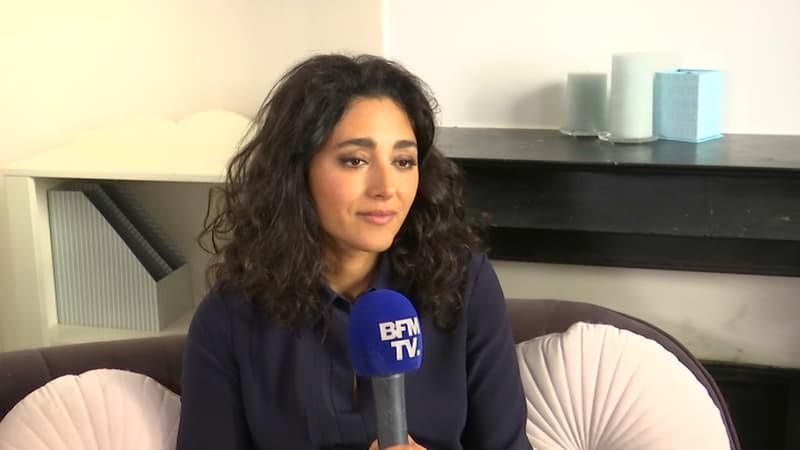A gap separates young Iranians, amid a popular uprising against their regime’s draconian laws, from the generation that came before them. This is the observation made by Golshifteh Farahani, who became French after fleeing her native Iran. The 39-year-old actress, who arrived in France when she was 26, confided to BFMTV:
“We were the survivors. We would always have found a solution to do what we wanted to do (…) but always hiding. That generation, they are much more frontal, they want to live the truth.”
“We were afraid to live our truth, we were traumatized,” he continues. “We were afraid of being a woman, we were afraid of our breasts, of being in love, of having desire, of being touched in the taxi or on the bus. We are filled with guilt. But that generation is not to blame.”
“They want to leave their hair in the wind”
The protests shaking the Islamic Republic of Iran began on September 16, the day of the death of Mahsa Amini, a 22-year-old woman arrested three days earlier in Tehran for “wearing inappropriate clothing.”
His death unleashed a wave of protests in the country: in the street as in social networks, women parade bareheaded, cut their hair or burn their veils. Gilshifteh Farahani recalls resorting to drastic measures to savor freedom while complying with the laws of the regime:
“I shaved my head twice, at 14 and 16. I shaved my head for about three or four years. To be free, I had to give up my femininity and be a boy. You see the difference between my generation and that” . generation. They want to let their hair down, they want to keep their hair long and be free.”
The demonstrations are violently repressed by the Iranian authorities: according to the NGO Iran Human Rights (IHR), at least 92 protesters have died in the repression, which has been accompanied by restrictions on Internet access, in particular Instagram and WhatsApp blocking.
Source: BFM TV


